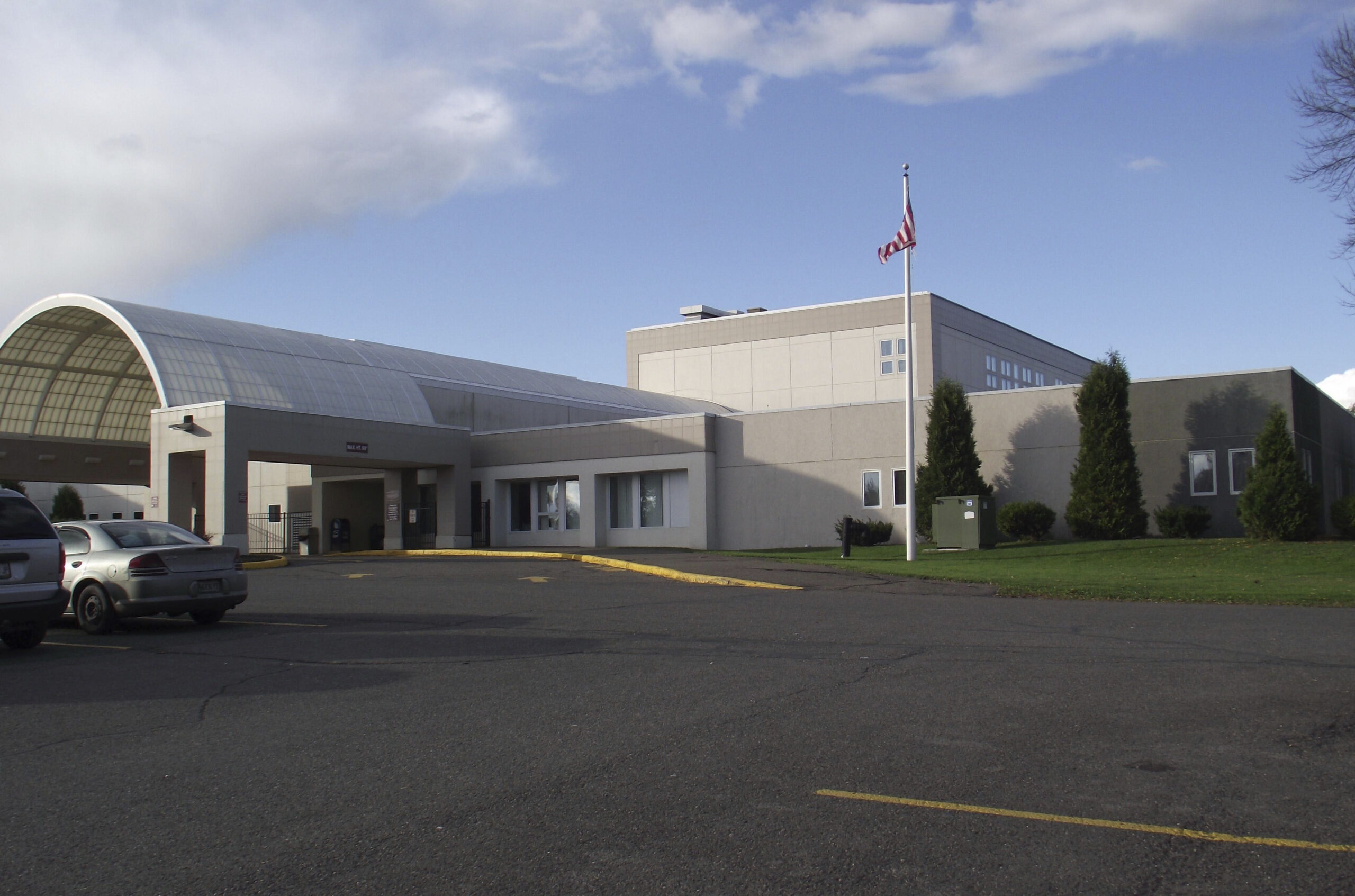
HOULTON, Maine — Rural healthcare providers continue to face adversity with spiraling costs and fewer consumers who can afford insurance coverage.
That has left institutions like Houlton Regional Hospital facing difficult decisions about services and costs as they work to pay the bills and keep their doors open, according to Tom Moakler, chief executive officer of the hospital.
And sometimes, as prices go up, local patients seek services elsewhere, only making the situation more difficult for the local hospital.
Moakler acknowledged during a recent interview, for instance, that hospital officials have heard about some area residents going to Bangor to get lab and blood work done.
It is something that he admitted is “troubling” hospital officials.
“We are aware that some people who need their blood work done are going to a private lab in Bangor,” said Moakler. “We can’t compete with their pricing structure. Keep in mind that we have a hospital here that provides 24 hour care, including inpatient care, emergency care with surgeons on staff. That impacts how much we charge people.”
Moakler said that although the hospital lab has not raised its prices in five years, the prices for some other services have increased. The most significant reason behind the price increases is the hospital’s continuing issues with bad debt.
“Due to bad debt expense, the hospital lost $3.5 million in 2013, and the year before we lost $1.3 million,” he said. “We’ve been digging out of that the last five years. We’ve been reducing debts, but we still have cash flow issues. So the bottom line is we are aware there is an issue with lab charges, we are not quite sure we can do anything but we want to. We are going to take a look at it. If we do, I still don’t think we can compete with Bangor, and we don’t like to see people going to Bangor. This is something we are going to look at down the line.”
The hospital also has started to be proactive in how it collects payment for some procedures. In March, the hospital started requesting small upfront fees from patients who have commercial insurance or are self-pay patients for procedures that are non-emergency or elective procedures. The fees are $150 for radiology and $250 -$500 for surgical procedures, depending on what is being done.
“We are behind the ball in doing this,” said Moakler. “Other hospitals started doing this years ago, and it has come to the point where it is necessary. These fees are not exorbitant. I know this is healthcare, but people need to see it like any other business. If you walk into the tire stores in this community and want to buy tires and get them installed on your car, you are going to need to pay up front. When you go to the dentist or the veterinarian, they want money at the time the service is rendered. This is nothing out of the ordinary.”
Gordon Smith, executive director of the Maine Medical Association, agrees. He said that if he were running a hospital, he would have instituted the policy of the upfront payments “long ago.”
As for lab costs, Smith said, patients should be shopping around.
“I believe what Houlton and perhaps the rest of the region is experiencing could be a local thing,” he said. “What is important for people to realize is that healthcare is in their control more than they realize.”
He stressed that there is now a state law passed last year that is expected to reduce costs and enhance competition in the market. It gives residents the “Right to Shop” for a variety of medical services, saving money for consumers and insurers.
Sponsored by Sen. Rod Whittemore, R-Somerset, the legislation that became law, requires health insurance companies to offer plans that allow patients to shop for comparable services and provides incentives for them to shop the healthcare market for treatment that aligns with their budgets. As a result of LD 445’s passage, consumers in Maine now can shop around for treatment under four categories of services: physical and occupational therapy, radiology and imaging, laboratory services, and infusion therapy.
Smith said that giving patients the option to shop around was a good thing.
“I think it will help to give patients hope on costs,” he said. “The costs of medical care are the most significant problem that we need to address.”
As an example, he noted that a preventative colonoscopy can cost anywhere from $700 to $4,000, depending on where it is done.
“The most expensive place to have it done is in a rural area,” he said. “And the cheapest would be in an endoscopy center where that is all they do all day.”
“It is our obligation to tell them the costs and I don’t think that there is any reason not to,” Smith said. “Patients need to be advocates for themselves, too. They should not be afraid to ask, ‘What is this going to cost me,’ when speaking to their healthcare provider.”
Moakler said that despite the issues, the hospital remains a vital resource in the region.
“We provide a variety of services in this area and are a significant employer,” he said. “And we hope to get continuing support from the community.”







